How would the most recent reconciliation agreement benefit hunters and anglers?
Editor’s note: Since we published this story, the Inflation Reduction Act passed Congress and was signed into law by President Biden on August 16, 2022. Unfortunately, the final bill did not include the updates to federal oil and gas bonding rates outlined below. The Senate Parliamentarian ultimately ruled that the provision could not be included in budget reconciliation legislation. In addition to what is described here, the final bill also included an additional $4 billion to address drought by investing in water conservation and habitat restoration across the West, with a particular focus on the Colorado River Basin.
Senator Joe Manchin and Senate Leader Chuck Schumer shocked most of D.C. last week when they announced that they had struck a deal on a reconciliation bill—known as the Inflation Reduction Act—that includes $369 billion in energy and natural resource investments aimed at tackling climate change, in addition to other healthcare and tax related provisions.
The TRCP has been tracking budget reconciliation discussions over the past year and offered lawmakers a host of recommendations that would benefit fish, wildlife, and the hunt-fish community. Thousands of sportsmen and sportswomen also contacted their lawmakers in support of investing in conservation through the reconciliation process.
Here are specific elements of the agreement that will impact hunters and anglers and what we’ll continue to push for as Congress begins to debate the bill in the days ahead.
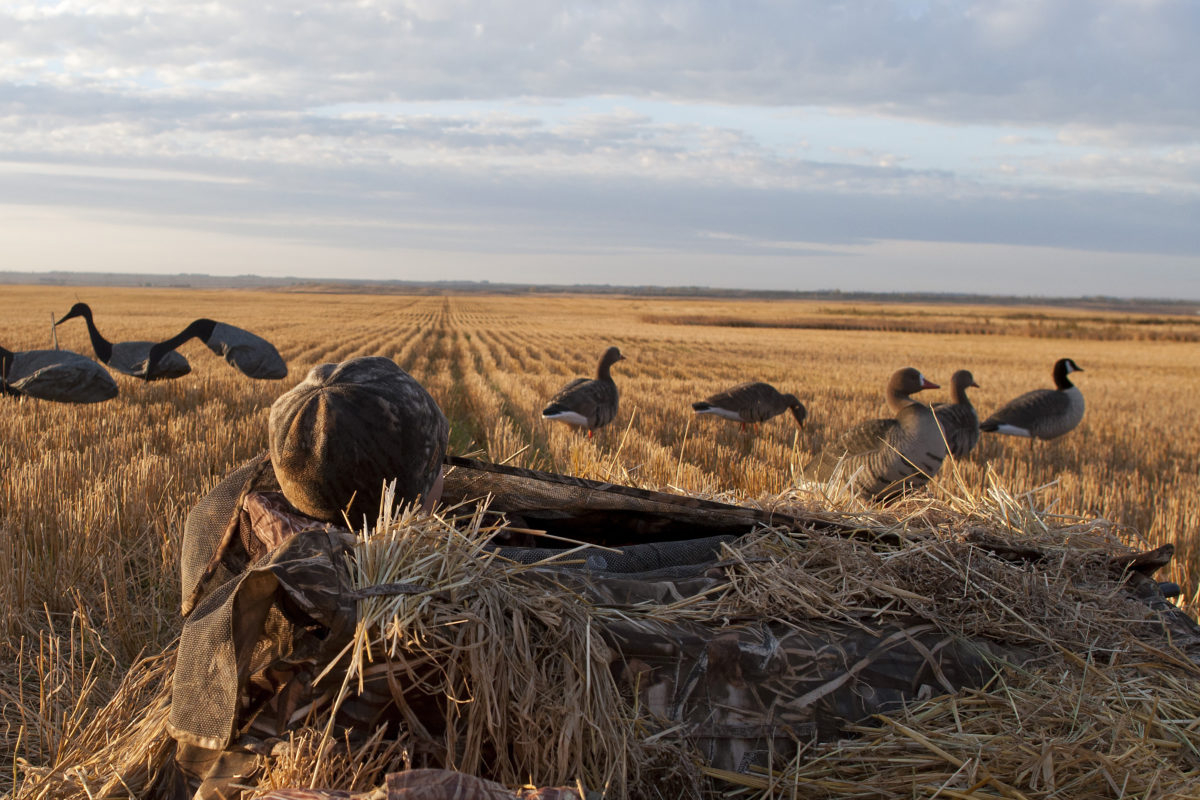
A Boost for Private Lands Conservation
The agreement makes a major investment in conservation programs at the U.S. Department of Agriculture, providing $20 billion over the next four years. The current Farm Bill contributes around $6 billion annually to private land conservation programs, so this legislation would nearly double funding for popular and proven conservation efforts that boost resilience to natural hazards, such as drought, and enhance fish and wildlife habitat.
This investment could not come at a better time. Right now, roughly 40 percent of applicants for USDA conservation programs are denied each year, primarily due to a lack of funding, leaving tens of millions of acres of habitat conservation on the table. The new funding in this bill will begin to meet the outstanding demand for conservation from farmers, ranchers, and landowners.
What this means for hunters and anglers: More quality habitat and huntable acreage, cleaner water, and more abundant fish and wildlife populations, thanks to new funding for the Environmental Quality Incentives Program, the Agricultural Conservation Easement Program, the Regional Conservation Partnership Program, and other initiatives.
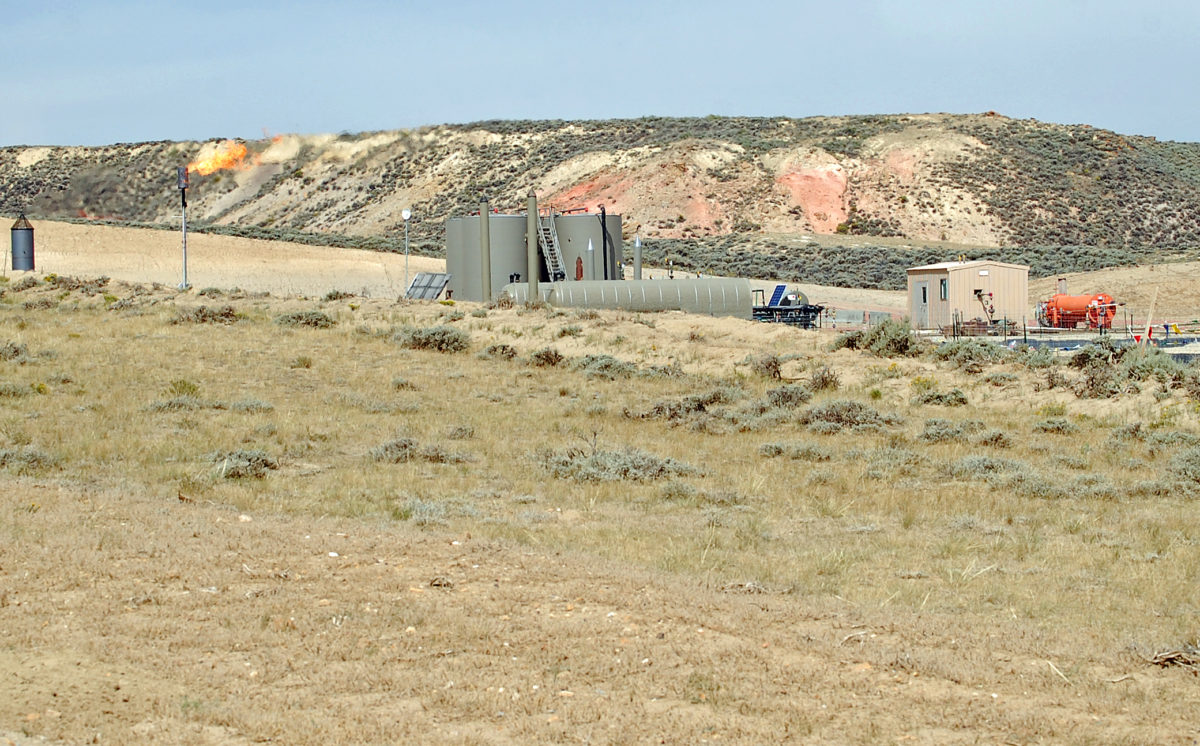
Improvements to Energy Leasing and Development
The agreement includes several reforms to energy leasing that balance responsible development on our public lands with other values, like habitat and access, and align with both the Department of the Interior’s Leasing Report and many of the TRCP’s previous recommendations.
For example, the bill increases minimum bids and rental rates for oil and gas leases to ensure that the American public receives a fair return on the use of shared resources, while eliminating the practice of non-competitive leasing that often wastes valuable BLM staff time and resources. Perhaps most notably, the legislation would increase federal bonding rates, which haven’t been updated in decades, to ensure funds are available to restore fish and wildlife habitat if an operator abandons an oil and gas well site.
What this means for hunters and anglers: Together, these provisions ensure responsible energy development can move forward where it’s appropriate, while also recognizing other uses of our public lands like hunting, fishing, and other forms of outdoor recreation.
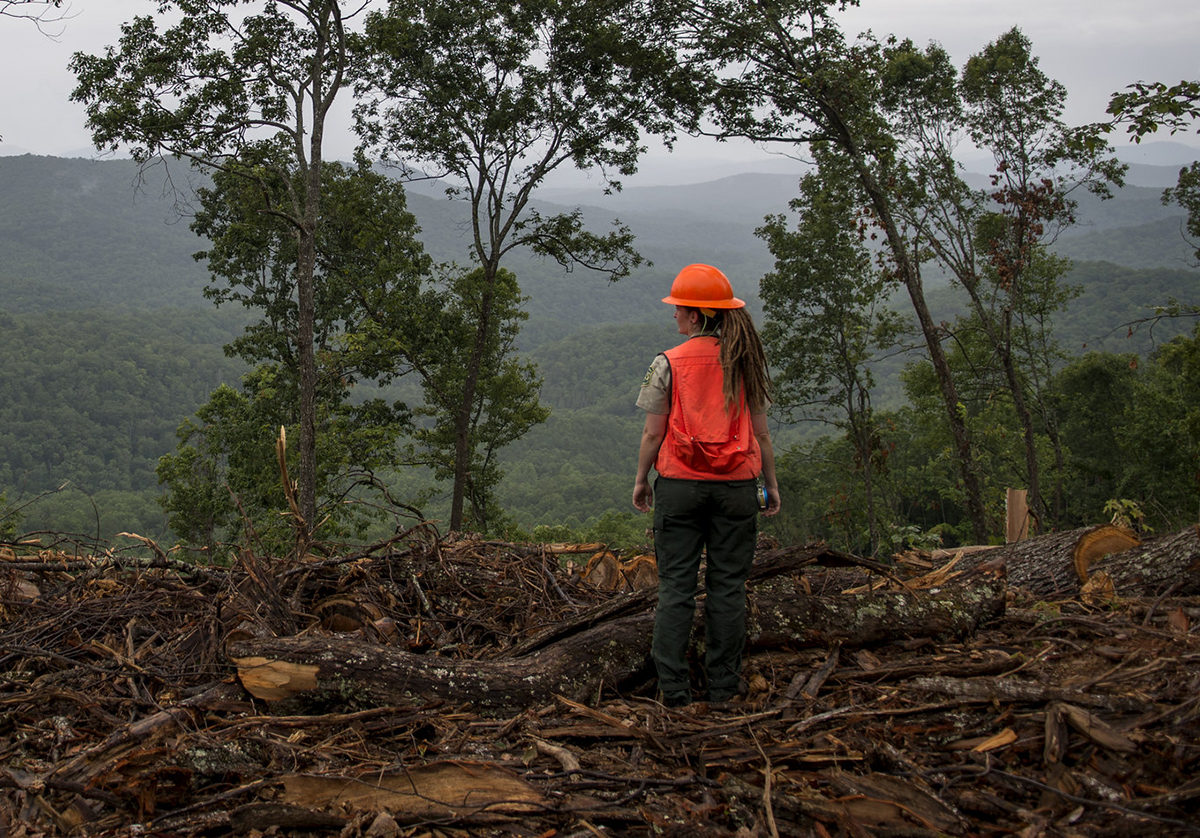
Investments in Forests, Coasts, and Public Lands
The agreement recognizes the importance of nature-based solutions to climate change and puts major resources behind efforts to protect coastal and marine habitats, maintain healthy forests, and restore watersheds. For example, the draft legislation provides $2.6 billion to support coastal resilience projects and nearly $5 billion for forest management across public and private land, including support for partnerships with downstream water users to improve forest and watershed health. It also includes $500 million for habitat conservation and ecosystem restoration projects on Bureau of Land Management and National Park Service Lands, and $100 million to rebuild and restore units of the National Wildlife Refuge System.
What this means for hunters and anglers: More wetland and reef restoration projects along the coasts, riparian and wet meadow restoration in forested watersheds, active forest management near communities, and invasive species removal and access improvements across our public lands. These efforts would expand hunting and fishing opportunities, all while protecting communities from natural hazards like wildfire and sea-level rise.
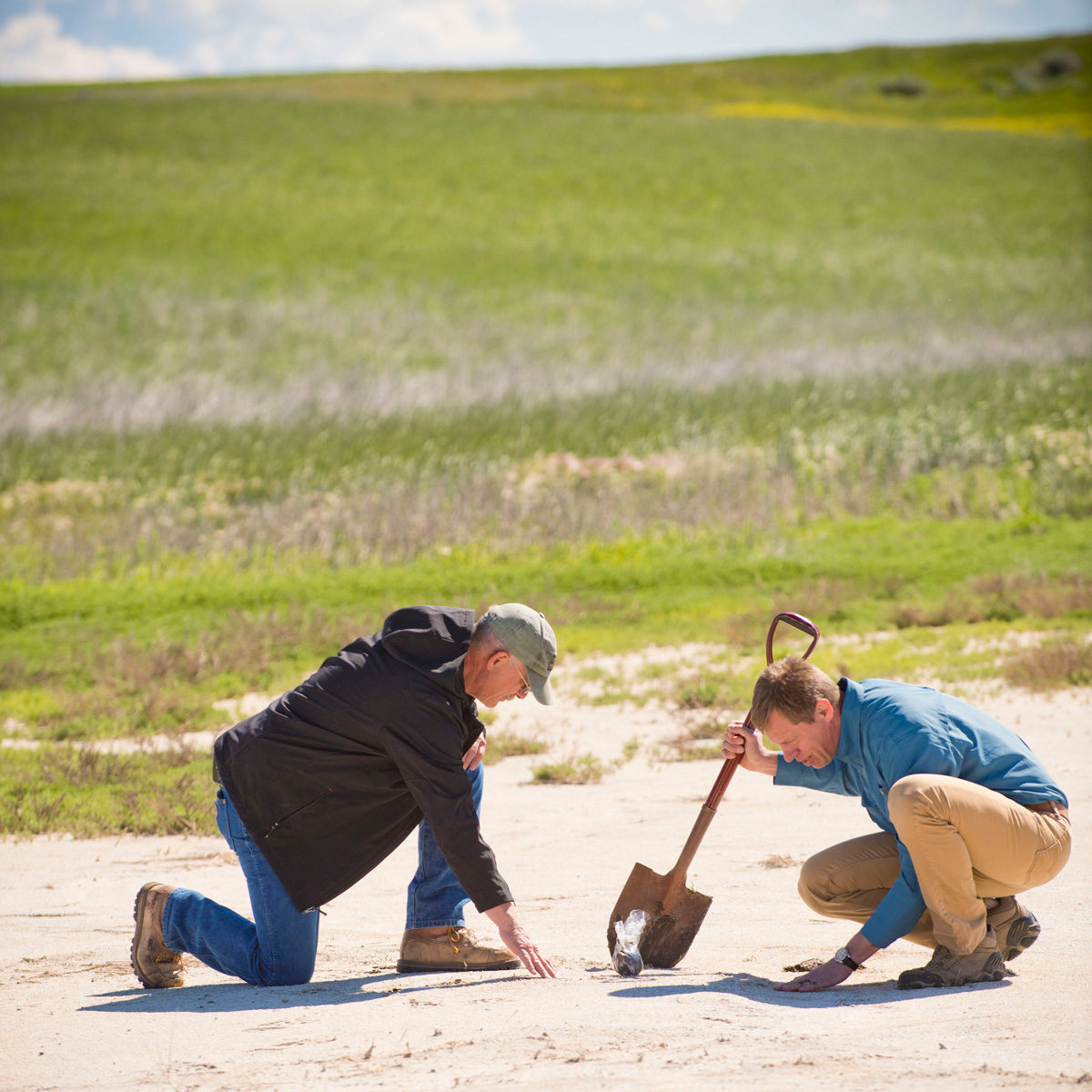
Capacity to Get More Work Done Faster
Much of the funding in the Inflation Reduction Act is intended to build on existing work and expand partnerships, whether that’s with farmers and ranchers, water users, or other local stakeholders. To do so, federal agencies will need the staff and resources to review and approve projects and make local connections. Fortunately, the draft bill provides millions of dollars to supercharge environmental reviews, authorizations, planning, and permitting across the various federal agencies. The agreement also provides $1 billion for conservation technical assistance to ensure that well-trained staff are available locally to meet with producers and process applications for private lands conservation programs.
What this means for hunters and anglers: In the end, these under-the-radar—but very important—funding streams will get more money out the door faster. That should mean more habitat conservation, restoration, and recreational access across the board.
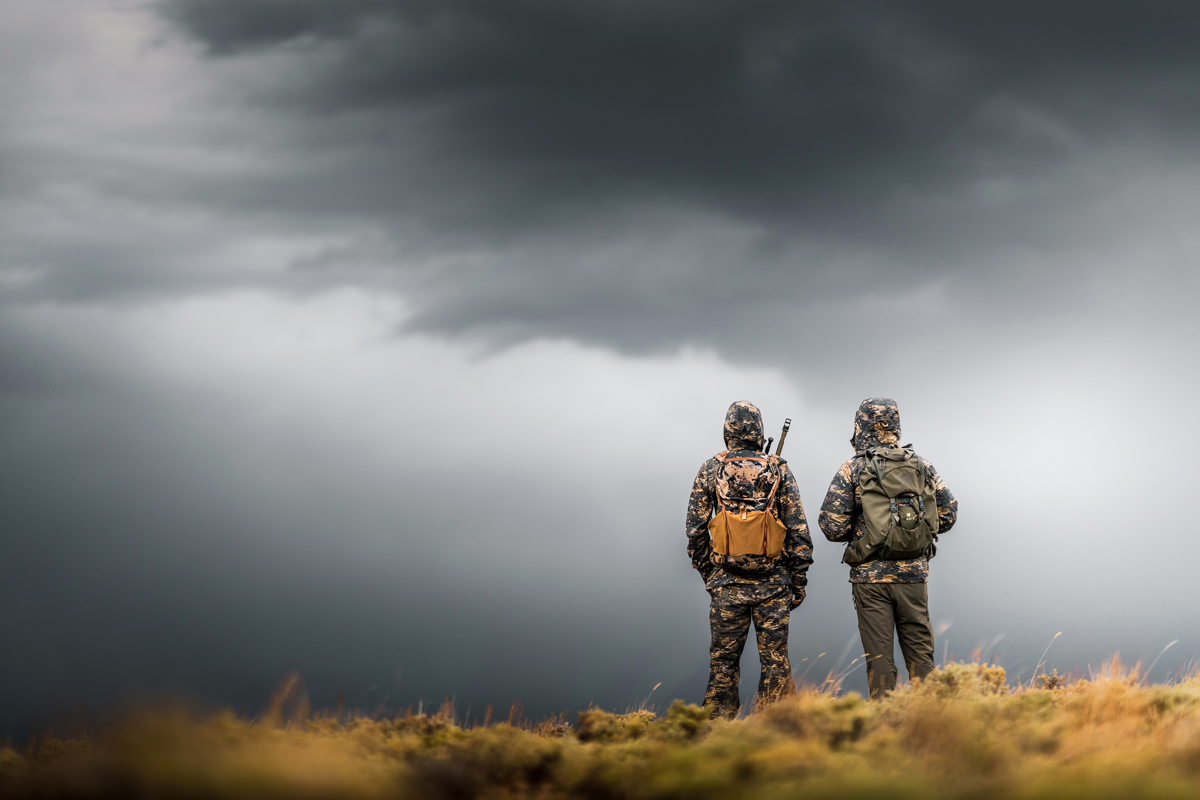
But Isn’t This a Partisan Bill?
Admittedly, the budget reconciliation process can leave a lot to be desired. To begin with, reconciliation legislation only requires the support of a majority, or 50 votes, to pass the Senate, which means it is not often a bipartisan process or bill. Further, while the process has been used by both parties to advance priorities, by rule, the final bill is limited to spending and revenue measures, with little room for extraneous policy. As a result, federal agencies often have wide leeway to determine how and where the reconciliation funding they receive is distributed.
If the Inflation Reduction Act is passed, hunters and anglers have a lot riding on these decisions, and the TRCP will be working alongside decision-makers to drive outcomes that increase hunting and fishing opportunities and sustain fish and wildlife habitat for decades to come.






I have absolutely no interest in this bill. It is deceptively named, irresponsibly conceived and frankly rank deception of the American people. Big government laying the groundwork for ever-increasing administrative interference and regulation of our lands and our traditions. I would hope that thoughtful sportsmen and women would NOT be enticed by the siren song of the promises in this bill and be keenly aware of the signs of an impending, disastrous bait-and-switch which will negatively impact all landowners, sportsmen and women, and our great traditions.
Thinking that more spending by a bloated federal government will advance hunting and fishing is awfully elitist. By fueling inflation and forcing many to forego opportunities to hunt or fish to pay bills is not the answer.
This is a great concept and will make Teddy Roosevelt and others proud. We must invest for the next generation of hunters and fisherman. My grandchildren deserve nothing less.
A huge win for conservation and climate action!🌎🦅
This bill is yet another bloated, deceptive effort by an out-of-control federal government whose only answer to anything is massive deficit spending. Don’t sink the kool aid. This bill will not have any measurable positive effect on nature. It will just make our $30 Trillion deficit that much larger.
Clean water and natural habitat is needed for future generations
I just hope that there is judicious use of scientific datain making these improvements to the system and our $$ is not wasted on things that don’t benefit our wild-life and wild spaces!